Gaussian Processes
Bayesian Optimization
Goal: minimize unknown function $\phi$ in as few evaluations as possible.
- Build posterior $f \given \v{y}$ using data $(x_1,\phi(x_1)),..,(x_n,\phi(x_n))$.
- Choose $$ \htmlClass{fragment}{ x_{n+1} = \argmin_{x\in\c{X}} \alpha_n(x) } $$ to optimize the acquisition function $\alpha_n$, for instance Thompson sampling $\alpha_n \~ f\given\v{y}$.
Automatic explore-exploit tradeoff.
Bayesian Optimization
Modeling Dynamical Systems with Uncertainty
$$ \htmlData{fragment-index=0,class=fragment}{ x_0 } \qquad \htmlData{fragment-index=1,class=fragment}{ x_1 = x_0 + f(x_0)\Delta t } \qquad \htmlData{fragment-index=2,class=fragment}{ x_2 = x_1 + f(x_1)\Delta t } \qquad \htmlData{fragment-index=3,class=fragment}{ .. } $$
Geospatial Learning
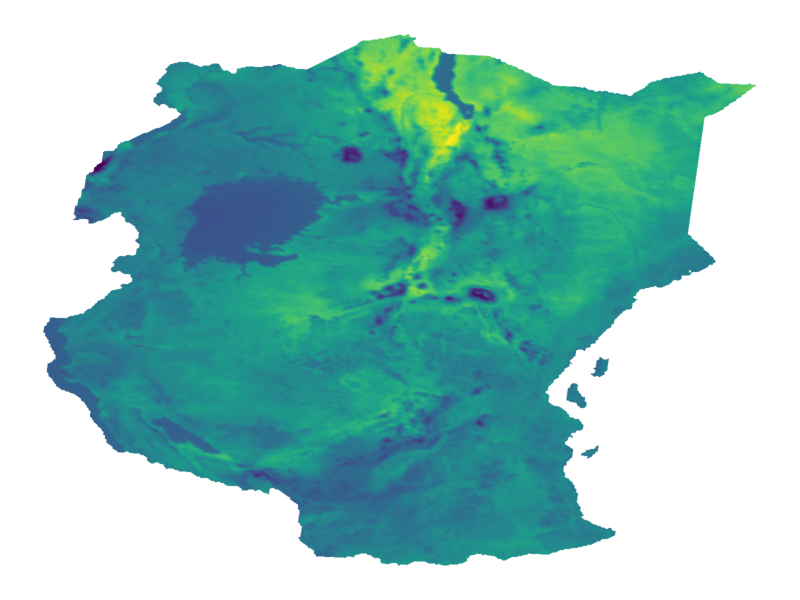
Large-scale probabilistic interpolation
Numerically Stable
Sparse Gaussian Processes
via Minimum Separation using Cover Trees
Alexander Terenin, David R. Burt, Artem Artemev,
Seth Flaxman, Mark van der Wilk, Carl Rasmussen, and Hong Ge







Sparse Gaussian Processes
via Pathwise Conditioning
$$ \htmlData{class=fragment,fragment-index=2} { (f\given\v{y})(\.) = } \htmlData{class=fragment,fragment-index=0} { f(\.) } \htmlData{class=fragment,fragment-index=1} { + \m{K}_{(\.)\v{x}} (\m{K}_{\v{x}\v{x}} + \m\Sigma)^{-1} (\v{y} - f(\v{x}) - \v\eps) } $$
Sparse Gaussian Processes
$$ (f\given\v{y})(\.) = f(\.) + \sum_{i=1}^N v_i^{(\v{y})} k(x_i,\.) $$
$$ (f\given\v{y})(\.) \approx f(\.) + \sum_{j=1}^M v_j^{(\v{u})} k(z_j,\.) $$
Sparse Gaussian Processes
$$ \begin{gathered} (f\given\v{y})(\.) \approx f(\.) + \sum_{j=1}^M v_j^{(\v{u})} k(z_j,\.) \\ \htmlClass{fragment}{ \v{v}^{(\v{u})} = \m{K}_{\v{x}\v{x}}^{-1}(\v{u} - f(\v{x})) } \qquad \htmlClass{fragment}{ \v{u} \~\f{N}(\v{m},\m{S}) } \end{gathered} $$
Optimal $\v{m}, \m{S}$: closed-form expression
Efficient and works well in many settings
Numerical Stability
Condition number: quantifies difficulty of solving $\m{A}^{-1}\v{b}$
$$ \htmlClass{fragment}{ \f{cond}(\m{A}) } \htmlClass{fragment}{ = \lim_{\eps\to0} \sup_{\norm{\v\delta} \leq \eps\norm{\v{b}}} \frac{\norm{\m{A}^{-1}(\v{b} + \v\delta) - \m{A}^{-1}\v{b}}_2}{\eps\norm{\m{A}^{-1}\v{b}}_2} } \htmlClass{fragment}{ = \frac{\lambda_{\max}(\m{A})}{\lambda_{\min}(\m{A})} } $$
$\lambda_{\min},\lambda_{\max}$: eigenvalues
Cholesky Factorization
Result. Let $\m{A}$ be a symmetric positive definite matrix of size $N \x N$, where $N \gt 10$. Assume that $$ \f{cond}(\m{A}) \leq \frac{1}{2^{-t} \x 3.9 N^{3/2}} $$ where $t$ is the length of the floating point mantissa, and that $3N2^{-t} \lt 0.1$. Then floating point Cholesky factorization will succeed, producing a matrix $\m{L}$ satisfying $$ \htmlClass{fragment}{ \m{L}\m{L}^T = \m{A} + \m{E} } \qquad\qquad \htmlClass{fragment}{ \norm{\m{E}}_2 \leq 2^{-t} \x 1.38 N^{3/2} \norm{\m{A}}_2 . } $$
Conjugate Gradients
Refinement of gradient descent for solving linear systems $\m{A}^{-1}\v{b}$
Convergence rate depends on $\f{cond}(\m{A})$
Condition Numbers of Kernel Matrices
Are kernel matrices always well-conditioned? No.
The Kac–Murdock–Szegö matrix $$ \m{K}_{\v{x}\v{x}} = \scriptsize\begin{pmatrix} 1 & \rho &\rho^2 &\dots & \rho^{n-1} \\ \rho & 1 & \rho & \dots & \rho^{n-2} \\ \vdots & \vdots &\ddots & \ddots & \vdots \\ \rho^{n-1} & \rho^{n-2} & \rho^{n-3} & \dots & 1 \end{pmatrix} $$ satisfies $\frac{1+ 2\rho + 2\rho\eps + \rho^2}{1 - 2\rho - 2\rho\eps + \rho^2} \leq \f{cond}(\m{K}_{\v{x}\v{x}}) \leq \frac{(1+\rho)^2}{(1-\rho)^2}$, where $\eps = \frac{\pi^2}{N+1}$.
Condition Numbers of Kernel Matrices
Problem: too much correlation $\leadsto$ points too close by
Minimum Separation
Separation: minimum distance between distinct $z_i$ and $z_j$
Proposition. Assuming spatial decay and stationarity, separation controls $\f{cond}(\m{K}_{\v{z}\v{z}})$ uniformly in $M$.
Idea: use this to select numerically stable inducing points
Inducing Point Selection via Cover Trees
Spatial resolution: maximum distance from $x_i$ to nearest $z_j$
Cover tree algorithm: guarantee spatial resolution and separation
The Clustered-data Approximation
$$ \htmlData{class=fragment,fragment-index=0}{ \f{cl}(x) = \argmin_{j=1,..,M} \norm{x - z_j} } \qquad \htmlData{class=fragment,fragment-index=2}{ N_{\f{cl}}(x) = |\{x' \in \v{x} : \f{cl}(x) = \f{cl}(x')\}| } $$
Replace large dataset with re-weighted sparser dataset
The Clustered-data Approximation
$$ \htmlData{class=fragment,fragment-index=0}{ u_j = \frac{1}{N_{\f{cl}}(z_j)}\sum_{\f{cl}(x_i) = z_j} y_i } \qquad \begin{aligned} \htmlData{class=fragment,fragment-index=1}{ y_i \given f } & \htmlData{class=fragment,fragment-index=1}{ \~\f{N}(f(\f{cl}(x_i)),\sigma^2) } \\ \htmlData{class=fragment,fragment-index=2}{ u_i \given f } & \htmlData{class=fragment,fragment-index=2}{ \~\f{N}\del{f(z_i), \tfrac{\sigma^2}{N_{\f{cl}}(z_i)}} } \end{aligned} $$ Then $(f\given\v{u})(\.) = (f\given\v{y})(\.)$ in distribution, and scales with $M \ll N$
The Clustered-data Approximation
$$ \htmlClass{fragment}{ (f\given\v{y})(\.) = f(\.) + \m{K}_{(\.)\v{z}} (\m{K}_{\v{z}\v{z}} + \m\Lambda)^{-1} (\v{u} - f(\v{z}) - \v\epsilon) } \qquad \htmlClass{fragment}{ \v\epsilon \~\f{N}(\v{0},\m\Lambda) } $$
Minimum eigenvalue: $\lambda_{\min}(\m{K}_{\v{z}\v{z}} + \m\Lambda) \geq {\displaystyle\min_{i=1,..,M}} \Lambda_{ii}$
Clustered-data approximation results in extra stability
Empirical Accuracy and Computational Cost
Spatial resolution directly controls error and computational cost
Inducing Point Selection Comparison
Good performance-stability tradeoff in geospatial settings
Geospatial Learning
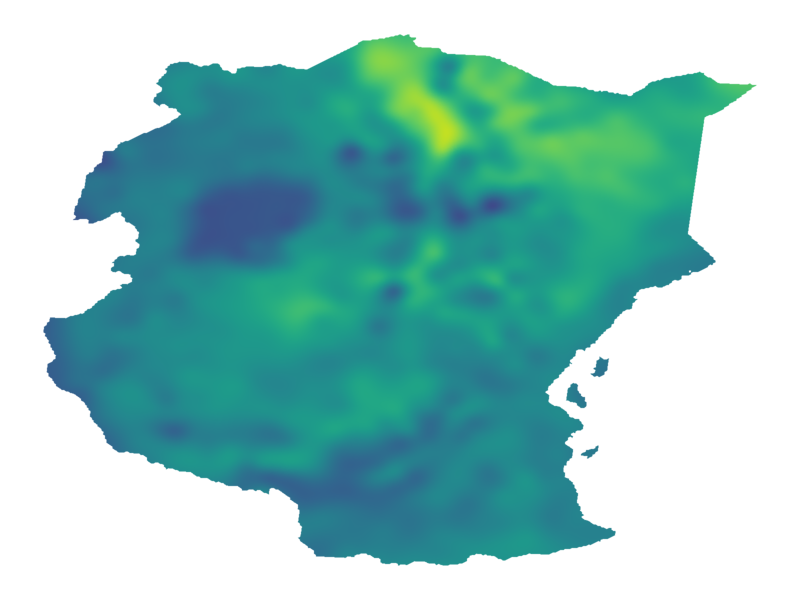
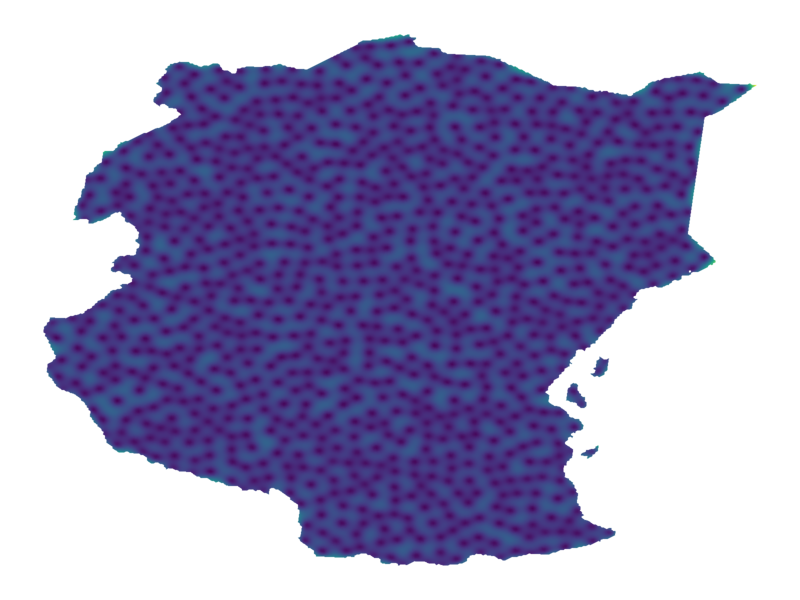
$\eps = 0.09, M = 902$
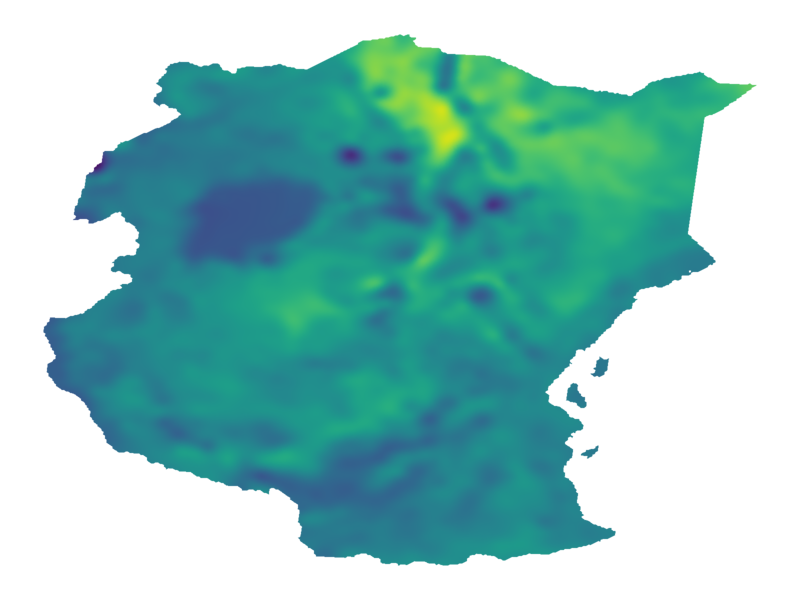
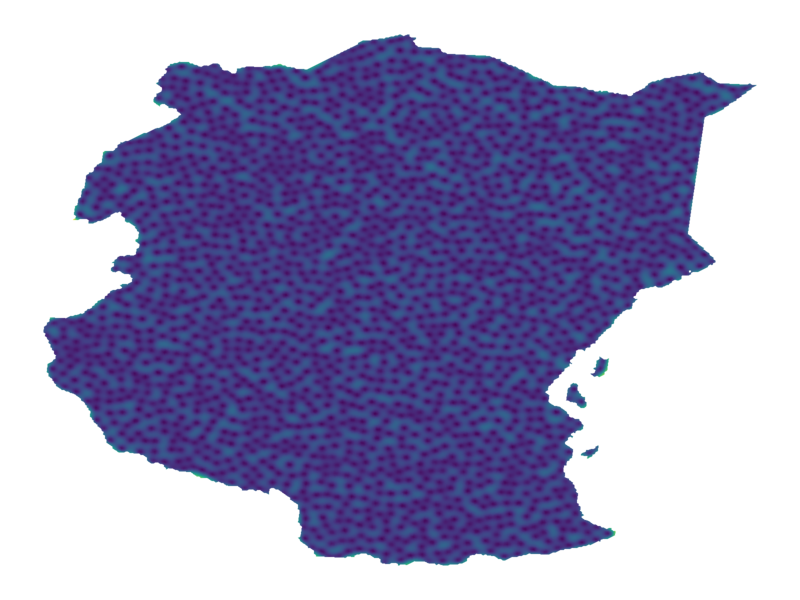
$\eps = 0.06, M = 1934$
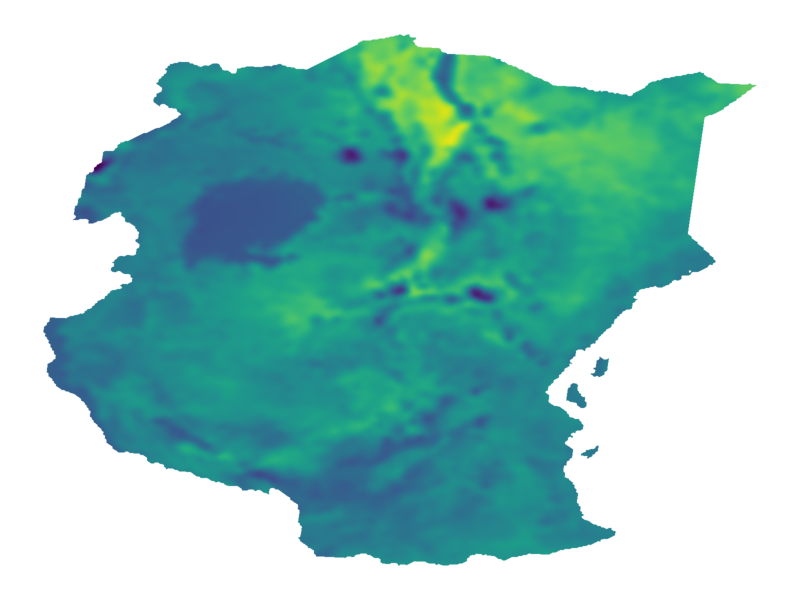
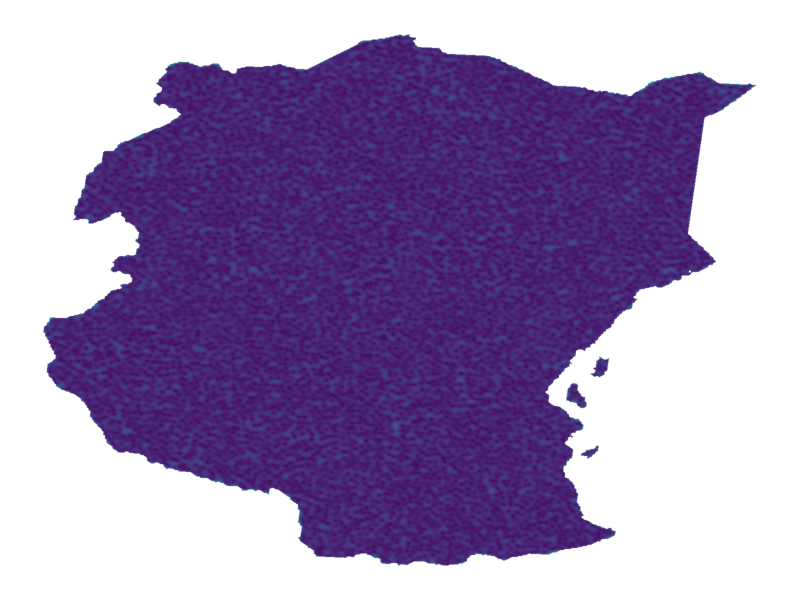
$\eps = 0.03, M = 6851$
Fine-scale error and computational cost vary with spatial resolution
Approximation Error and Numerical Stability
Dashed line: increased jitter due to Cholesky failure in floating point
Slightly lower approximation accuracy, but better stability
Thank you!
https://avt.im/· @avt_im
Thank you!
https://avt.im/· @avt_im
A. Terenin, D. R. Burt, A. Artemev, S. Flaxman, M. van der Wilk, C. E. Rasmussen, H. Ge. Numerically Stable Sparse Gaussian Processes via Minimum Separation using Cover Trees. arXiv: 2210.07893., 2022.